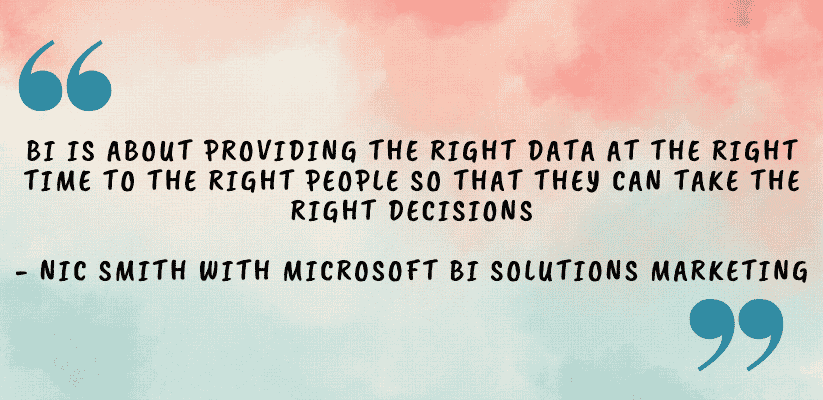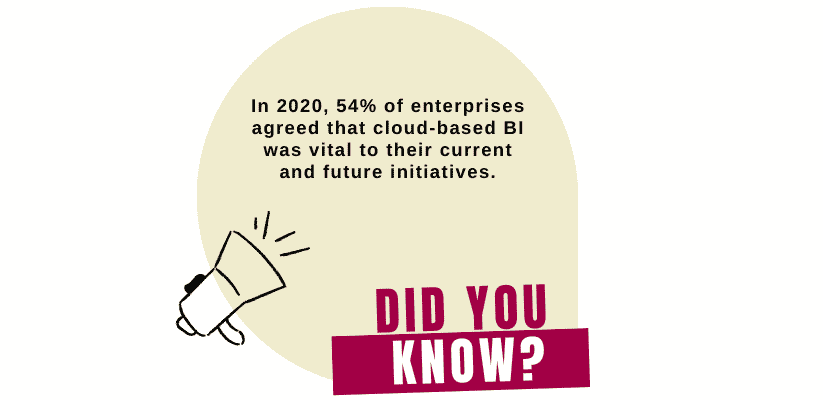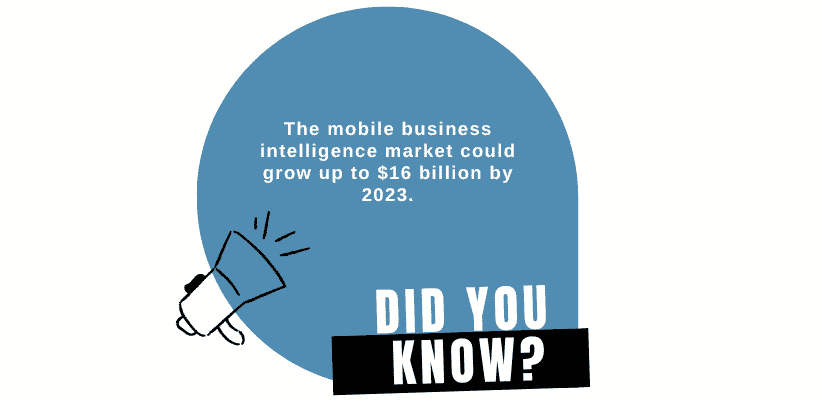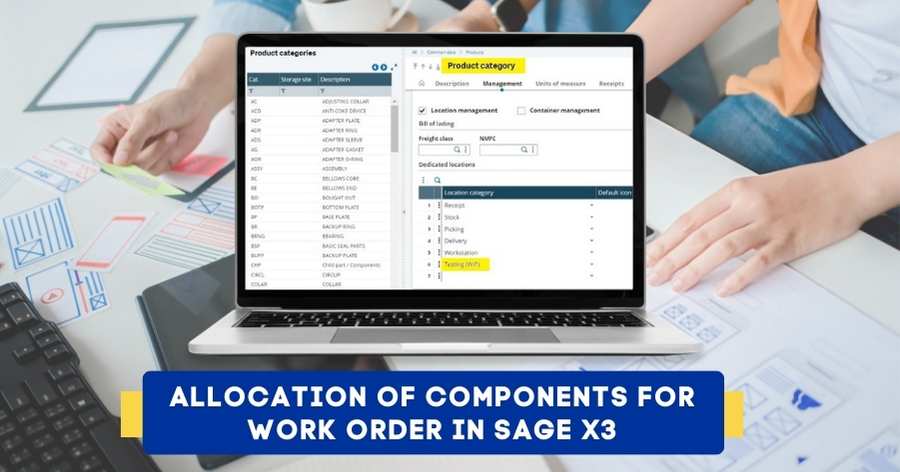Summary: Data sources are increasing daily, and the amount of data that companies need to process is also increasing immensely. So controlling the channels of data and the ability to extract crucial knowledge from it is more important than ever. Business Intelligence software allows companies to extract critical data that help make better business decisions. For example, it reveals hidden market trends and customer preferences that tell what products and services customers are most likely to buy. Moreover, data allows business stakeholders to brainstorm and implement strategies that help save costs and ultimately enable you to become an industry leader.

What is Business Intelligence?
Business intelligence software comprises the following components: Data mining, Data tools & infrastructure, data analytics, and data visualization. Using these components, business intelligence aims to cull out critical information from large volumes of data that help make better business decisions.
Modern business intelligence (BI) software help:
- Understand changing market trends.
- Examine transforming customer preferences.
- Eliminate work inefficiencies.
- Brainstorm better marketing strategies.
- Keep crucial data safe on platforms.
- Get critical insights quickly and without any errors.
- Users feel empowered when they use trusted BI software platforms.
How does business intelligence software work?
Businesses across industries collect data from multiple sources. This data can be beneficial if companies have the tools and know the techniques to extract valuable insights from that data. Such insights help achieve long-term goals and short-term objectives. Now let’s understand the technical side of the issue.
Data is firstly collected from business management solutions and then processed to eliminate unwanted crap. Finally, the leftover data is stored in cloud-enabled data warehouses allowing instant access to business stakeholders from anywhere, anytime, and on any connected device. Using this processed data, decision-makers can answer business questions quickly and efficiently. Another advantage of business intelligence tools is that they project hardcore data into easy-to-understand charts, graphs, statistics, and other visual mediums. Therefore, key stakeholders can view and understand data easily.
<<<Also Read: How can Business Intelligence significantly improve your ERP software?>>>
Business Intelligence (BI) methods
As described above, Business intelligence (BI) has multiple components that collect and process data allowing key stakeholders to fetch valuable insights. These insights optimize business performance by increasing productivity & efficiency, cutting operational costs, and developing robust customer relationships. In the last few years, business intelligence has evolved to include numerous activities and processes to enhance business performance, such as:
1. Data mining
Companies can uncover valuable insights from large data sets using advanced statistics, machine learning, artificial intelligence, and databases.
2. Reporting
The reporting feature enables key stakeholders to glean business insights in an easy-to-understand format.
3. Descriptive analytics
Descriptive analytics allows key stakeholders to identify changing market trends and customer preferences based on current and historical data.
4. Statistical analysis
This method helps to uncover the underlying trends and patterns from data collected from multiple sources. This method is used in situations like statistical modeling, research interpretations, and designing surveys and studies.
5. Querying
A business intelligence platform uses structured query language to request data from database tables.
6. Benchmarking
Customized dashboards allow a business intelligence platform to compare historical data to track performance against pre-determined goals. This way, key stakeholders can benchmark their performance and determine their performance.
7. Data preparation
Collecting data from multiple sources, identifying measurements and dimensions, and readying data for data analysis come under data preparation.
8. Data visualization
Once the data is prepared, it’s time to represent it in an easy-to-understand format using various data visualization tools like graphs, charts, and histograms.
9. Visual analysis
Visual insights allow key stakeholders to understand the data’s context and underlying intention. It enables decision-makers to comprehend the purpose for which data is being collected, filtered, and analyzed.

How do business intelligence (BI), business analytics, and data analytics go hand in hand?
Business intelligence is an umbrella term that contains business analytics & data analytics and uses them to achieve a particular goal. Data scientists use predictive analytics and advanced statistics to identify and forecast future patterns. The primary question that data analytics asks is “Why did a particular activity happen and what is the probability of it happening again?”.
Then, business intelligence (BI) uses those algorithms and models to turn results into actionable language.BI software is customized to answer particular queries and critically analyze for planning or decisions. In addition, businesses can implement analytics processes to improve iteration and follow-up questions. Modern-day businesses use analytics to discover, access, explore, and share data, which is called the cycle of analytics.
What is the difference between traditional BI and modern BI?
Historically, a traditional business intelligence model was used to develop business intelligence tools. IT organizations used a top-down approach to drive business intelligence and static reports were used to answer analytic questions.
The most significant disadvantage of this process was that if somebody had a follow-up question, their request would be sent to the bottom of the reporting queue, and they had to wait for the process to start over again. As a result, it led to slow reporting cycles, and decision-makers couldn’t leverage real-time data while making decisions.
Even today, most companies use traditional business intelligence for answering static queries and regular reporting. However, some organizations are drifting towards modern business intelligence as it’s more approachable and interactive. Although IT departments play a significant role in managing data access, multiple user levels can customize dashboards and create reports at short notice. In addition, full-fledged software allows users to visualize data in various formats and answer their questions.

Benefits of using a business intelligence software
A business intelligence software allows companies across industries to gain a series of benefits, as mentioned below:
1. Enhanced organizational efficiency
BI tools allow organizations to access data from multiple sources, get complete control over their business processes, and benchmark their results with short and long-term business goals. For example, business intelligence software allows for faster clinical trials, better-optimized patient diagnosis, and better closing of claims. The best part is that when employees focus less on compiling reports and performing data analysis, they can focus more on developing better business programs and competitive products for their business.
2. Intuitive dashboards
BI intelligence software performs data processing on the company’s servers and the cloud. BI software gathers data from multiple sources, stores them in the data warehouse, and critically analyzes the data based on user queries, interactive dashboards, and drag-and-drop reports. The best part is that a business intelligence tool provides interactive dashboards that empower non-technical users to share stories without much coding proficiency.
3. Enhanced data organization
Business intelligence tools improve data organization and analysis, allowing different departments to access several databases without seeking permission. Business intelligence software tools can combine internal datasets with external data directories, including social data, customer data, and historical data, into a single warehouse accessible to all key stakeholders.
4. Data-driven business decision
Better decisions require access to valuable insights churned out of volumes of data. For example, business intelligence software allows companies to view sales forecasts and real-time data to meet with potential clients. As a result, sales reps understand the clients’ needs and can therefore confidently speak with them. Moreover, decision-makers don’t have to wait weeks to access detailed reports, and the risk of outdated data is also eliminated.
5. Improves employee satisfaction
Business intelligence software allows analysts and IT departments to examine business user requests without spending much time. The best part is that those departments that required permission (or technical expertise) from the IT team to process data can now begin data analysis with little training. Business intelligence tools allow non-technical users to seamlessly and intuitively analyze data without technical expertise.
6. Enhanced customer experience
Business intelligence software significantly improves customer satisfaction and experience. It quickly pulls text data from multiple customer support chat sessions and operational data as well. For example, business intelligence tools helped Verizon reduce support calls and enhance customer service by 43%.
BI analysis categories
There are three primary categories for BI software:
- Predictive analytics: This category considers real-time and historical data to model future outcomes for efficient planning.
- Descriptive analytics: This category uses historical and real-time data to identify relationships and trends in data.
- Prescriptive analytics: This category uses simulation, graph analysis, neural networks, and recommendation engines to find answers to questions such as “What should we do to achieve a goal?”.
Factors to consider while choosing a business intelligence software?
Choosing the right business intelligence tool is critical for your company. Here are some factors you must consider while choosing one:
- Variety of visualization options
- Multiple dashboard templates
- Flexible to implement
- Data connectivity
- Valuable insights
- Alerts and notifications for identifying best & worst metrics
- Integrates with multiple business applications
The future trajectory of business intelligence
Business needs, customer preferences, and market trends are continuously changing, and so are business intelligence tools. Current developments happening in the fields of machine learning and artificial intelligence will play a significant role while businesses plan their BI strategy.
Moreover, businesses today are getting more data-driven to make better decisions. As a result, efforts for collaboration and data-sharing are increasing. Business intelligence software also integrates the best data visualization tools allowing employees with little or no coding experience to cull valuable insights from raw data.






